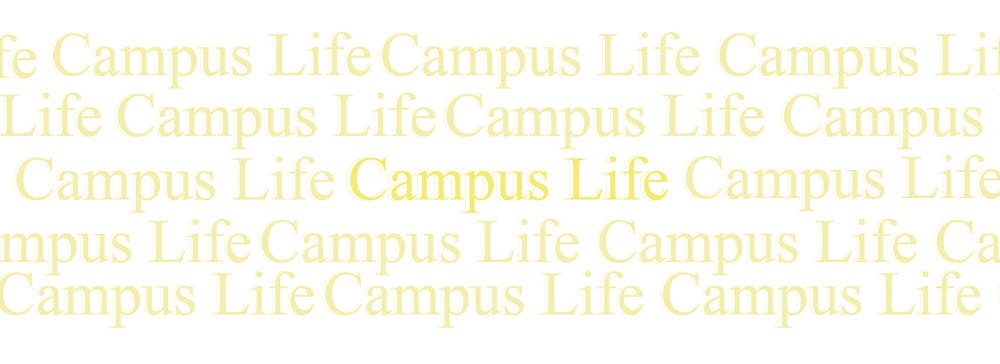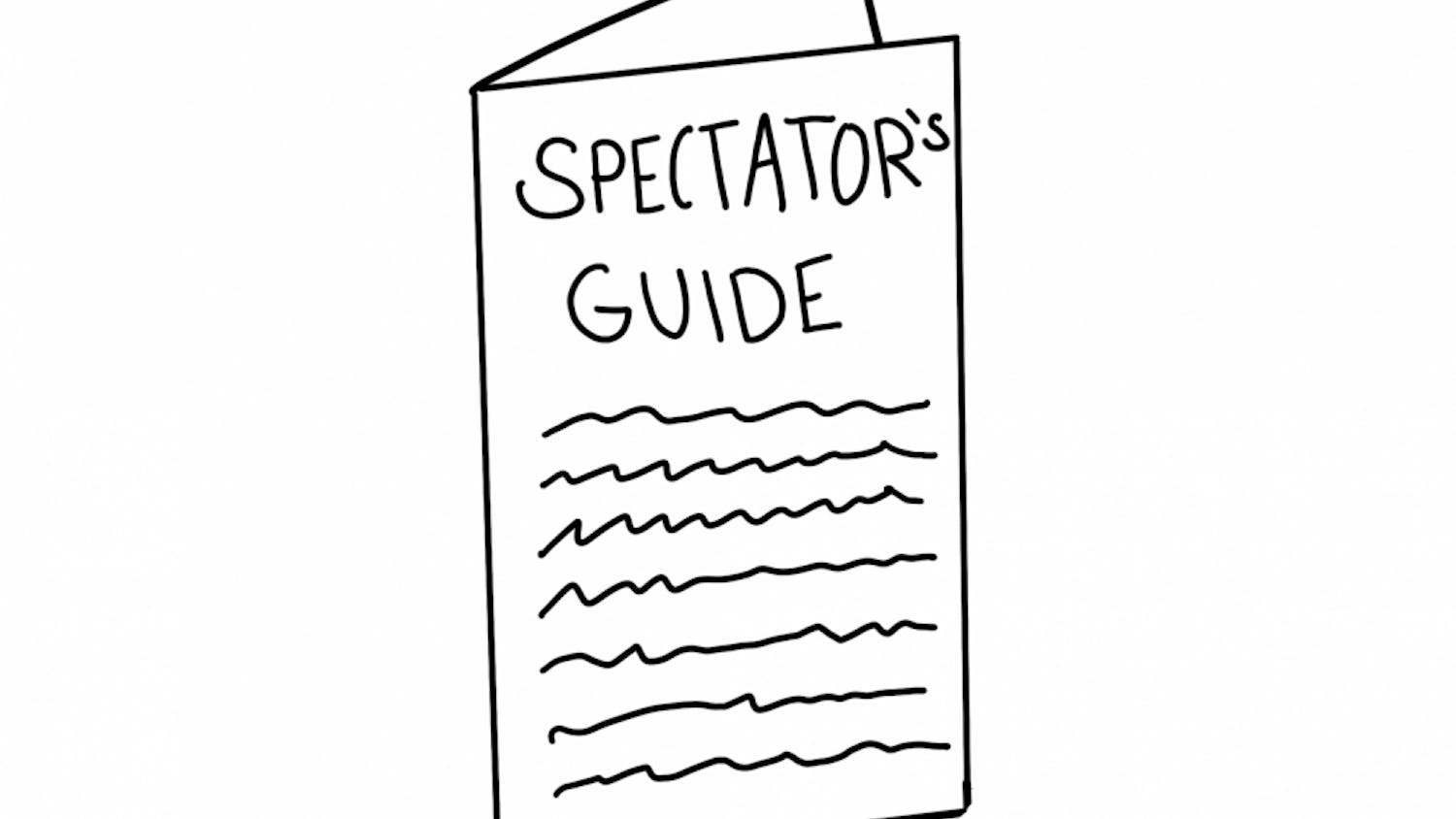DINING HALL: OVERALL
The dining hall debate has long served as a campus identifier — are you a Proc person or a Ross person? — accompanied by silent judgement from both sides. In the end, more students favor Middlebury’s oldest, coziest dining hall, according to Zeitgeist results.
[infogram id="favorite-dining-hall-on-campus-by-race-1h7j4d9e0gyd2nr?live"]
With nearly 40% of the vote, Proctor Dining Hall was crowned the favorite among the student population, and Ross wasn’t even in second place. Atwater Dining Hall polled second with 33% favorability, while Ross lagged behind with approximately 27%.
So what is it about Proctor? Maybe not the food. Although it’s popular for its well-utilized panini presses and consistent fare, Ross menus are usually more expansive and students often quip that Atwater’s are “fancier.” Out of the three, Proctor is even ranked last on the college review site “Niche” in the category of Middlebury’s “best on-campus food options.” On the other hand, Proctor boasts the shortest lines, low ceilings and a diverse range of seating choices from the lounge to the booth room, giving it an intimacy that Ross and Atwater might lack. Proctor is the welcoming space you can walk into in pajamas after a night out. The meat of the matter is that Proctor simply doesn’t judge. (And it will be served with kettle chips.)
DINING HALL: ATHLETES VS NARPS
In contrast to results showing students’ overall preference for Proctor, varsity athletes opted for Atwater 40% of the time, They diverged from their non-athlete peers to rank Proctor second (and Ross last, again). Atwater, Middlebury’s newest dining hall, was constructed in conjunction with the notoriously sports team-populated Atwater suites, providing them with a convenient stop at perhaps the campus’ most upscale stop for breakfast and lunch. It also exclusively offers round tables that allow for larger groups.
DINING HALL: CLASSES
While first-years prefer Proctor slightly more than upperclassmen at 43% favorability, Middlebury’s oldest dining hall retains a remarkably consistent 38% of votes among sophomores, juniors and seniors. Ross Dining Hall loses favor as students grow older. Atwater picks up the loyalty that Ross loses. This leaves seniors as the only class that prefers Atwater. Ross tallies less than 20% of favorability amongst seniors. Ross Dining is often favored by those who conveniently live in the Ross dormitories, which contains less housing for seniors than for other classes. This may explain the eight-point drop between junior and senior Ross favorability, and why it’s most popular among first-years.
GRADES / SLEEP / SOCIAL LIFE
The “work hard, play hard” attitude is ingrained in Middlebury students before we even arrive on campus. As it turns out, it’s more than a stereotype — data tells us the same story. When asked to choose two of three options out of good grades, sleep and social life, Middlebury students chose good grades three quarters of the time, usually paired with social life. Although the overwhelming focus on good grades may reflect well on Middlebury students’ academic integrity, it’s troubling when paired with low prioritization of sleep. This high-stress, no-rest duo can easily jeopardize students’ mental and physical health, which is particularly concerning when accompanied by Middlebury’s “busy-ness” culture, documented below.
UNENJOYABLE CULTURES: GENERAL
The “busy-ness” game is one that’s all too familiar to Middlebury students. From loudly complaining about upcoming problem sets at lunch to half-bragging about hours logged at Davis, more than 40% of students reported participating in “busy-ness” culture, even though they don’t enjoy it. Defined as a competition to appear busy that often comes at the expense of mental or physical health, “busy-ness” pervades Middlebury and has the capacity to push students beyond their means in an effort to be perceived as productive. Middlebury’s infamous hook-up scene also tops the list, with 235 students, or 16%, participating despite not enjoying it. This culture is often paired with drinking, in which 15% of students report partaking despite disliking it. These statistics reflect a social pressure that informs choices that are meant to be personal, which has the potential to foster unhealthy or dangerous relationships to sex and alcohol.
UNENJOYABLE CULTURES: CLASS
“Busy-ness” culture is reported at above 40% even for first-years, but the bad news is that it doesn’t really get better. In fact, its prevalence steadily increases as students get older. The classes of 2019 and 2019.5 reported almost 50% participation, perhaps as a result of increased pressure to complete graduation requirements, boost resumes and find careers. On the bright side, participation in unwanted “brand-name apparel” culture steadily decreases in an ascent through the class years, tallying at 14% in the class of 2022 and 2022.5 and dropping to around 9% among seniors.
Drinking, drug and hook-up culture all remained relatively consistent across the grades, as did a pressure to appear “outdoorsy,” which consistently polled below 10%.
10 PAST TEXTS
In a question asking students to count how many of their past 10 texts were with someone of their own race, it was found that white students’ texting habits tended to be far more insular within their own race. More than 85% of white students reported that more than half of their past 10 texts were solely with other white people, with a majority reporting that eight, nine or all 10 texts were exchanged within their race. Non-white students, on the other hand, most commonly reported that zero, one or two of their past 10 texts were exchanged with people of their race. Middlebury’s student body, for reference, is approximately 64% white. These statistics are also useful in displaying how “othering” takes place at Middlebury, leading non-white students to feel removed from the mainstream campus community at a predominantly white school.




